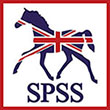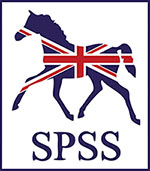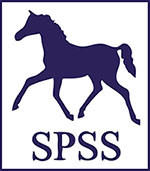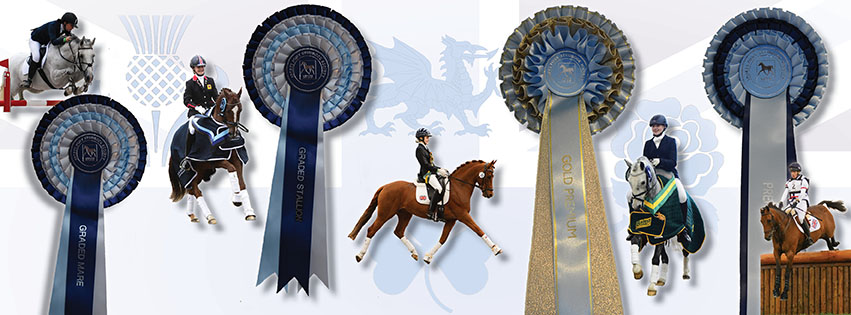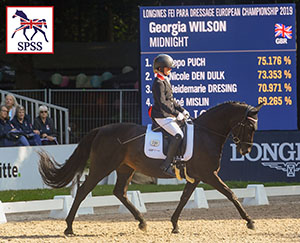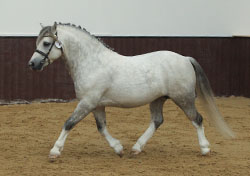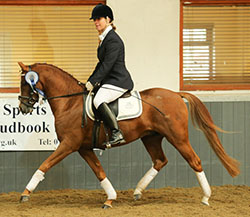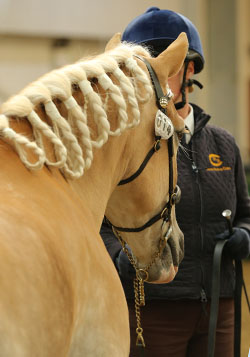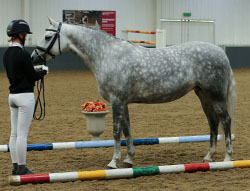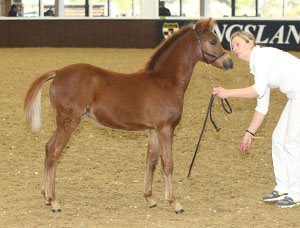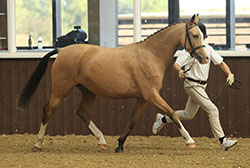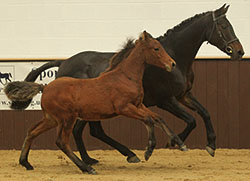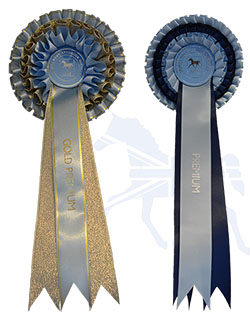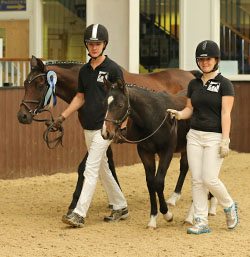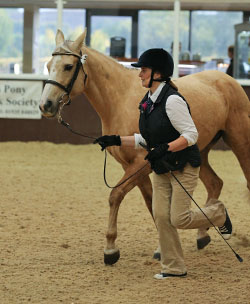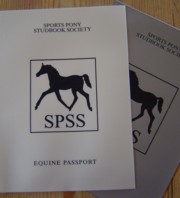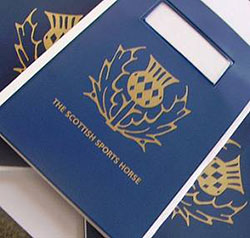|
What are the legal
responsibilities of owners in relation to equine passports?
Top of
Page
Overview
By law, all
horses (including ponies and donkeys) must have a valid horse passport.
It must be
returned to the Passport Issuer (ie the SPSS) within 30 days when the
pony dies or if
ownership
changes. It must also be replaced
with a duplicate (from the same passport issuer as the original
passport) asap if lost or stolen. Any passport that has come
unbound is also invalid and must be returned to the Passport Issuer so
that a duplicate can be issued.
To
apply for a passport you must be the owner of the horse. You can be
fined an unlimited amount if you don’t have a valid horse passport.
A horse
must not have more than one passport.
The
horse’s rider or keeper must have the passport with them at all times
when they’re with the horse, unless it’s in a stable, grazing in a
field, or being moved by foot. Owners can take their horses for short
rides without one.
You (or
the horse’s main keeper) may have to show the passport to a Trading
Standards inspector or an animal health officer.
Your
horse’s passport is valid for its life. When the horse dies you must
return the passport (within 30 days) to the Passport Issuing
Organisation (PIO) that issued it to have it invalidated. You can
request that they return it.
A foal
must have a passport within 6 months of birth or before 31 December in
the year of birth, whichever is the later.
Slaughter for human consumption and
medication record
By default
all horses are intended for slaughter for human consumption except where
irreversibly declared as not so intended in the relevant part of the
passport. For passports issued before 2016 this is Part II of Section
IX; for passports issued from Jan 2016 this is Part II of Section II. If
your horse has not been “signed out” of the human food chain, your vet
may not be able to prescribe some medications and any medication or
injections your horse is given must be entered in Section II Part III by
your vet. You must notify the relevant PIO within 14 days of your horse
being “signed out” of the human food chain.
Selling
or buying a horse
You
must give the passport to the new owner if you sell (or transfer
ownership) of your horse - if you don’t, you could be prosecuted.
You
must notify the relevant PIO that you’re the new owner within 30 days if
you buy (or otherwise take ownership of) a horse.
Contact
your local Trading Standards office if someone tries to sell you a
horse, pony or donkey without a passport.
Importing or exporting a horse, pony or donkey
Any
horse, pony or donkey you import from a European Union (EU) country must
have a valid passport issued by an authorised PIO in the EU. If the PIO
is unauthorised or there’s no passport, you must get a passport from an
authorised PIO in the UK within 30 days of importation. Contact the
Defra Horse Passports office if you’re importing or exporting a horse,
pony or donkey from outside the EU.
Contact
details
For
more information about horse passports, contact the Defra Helpline on
08459 33 55 77 (Monday to Friday, 9am to 5pm) or by email to
defra.helpline@defra.gsi.gov.uk . You can also write to them at: Defra,
Nobel House, 17 Smith Square, London SW1P 3JR
Click
here to download
the above information as a PDF file.
Sources: GOV.UK website (dated 27 November 2015), The Horse
Passports Regulations 2009 & EU Regulation 2015/262 |
